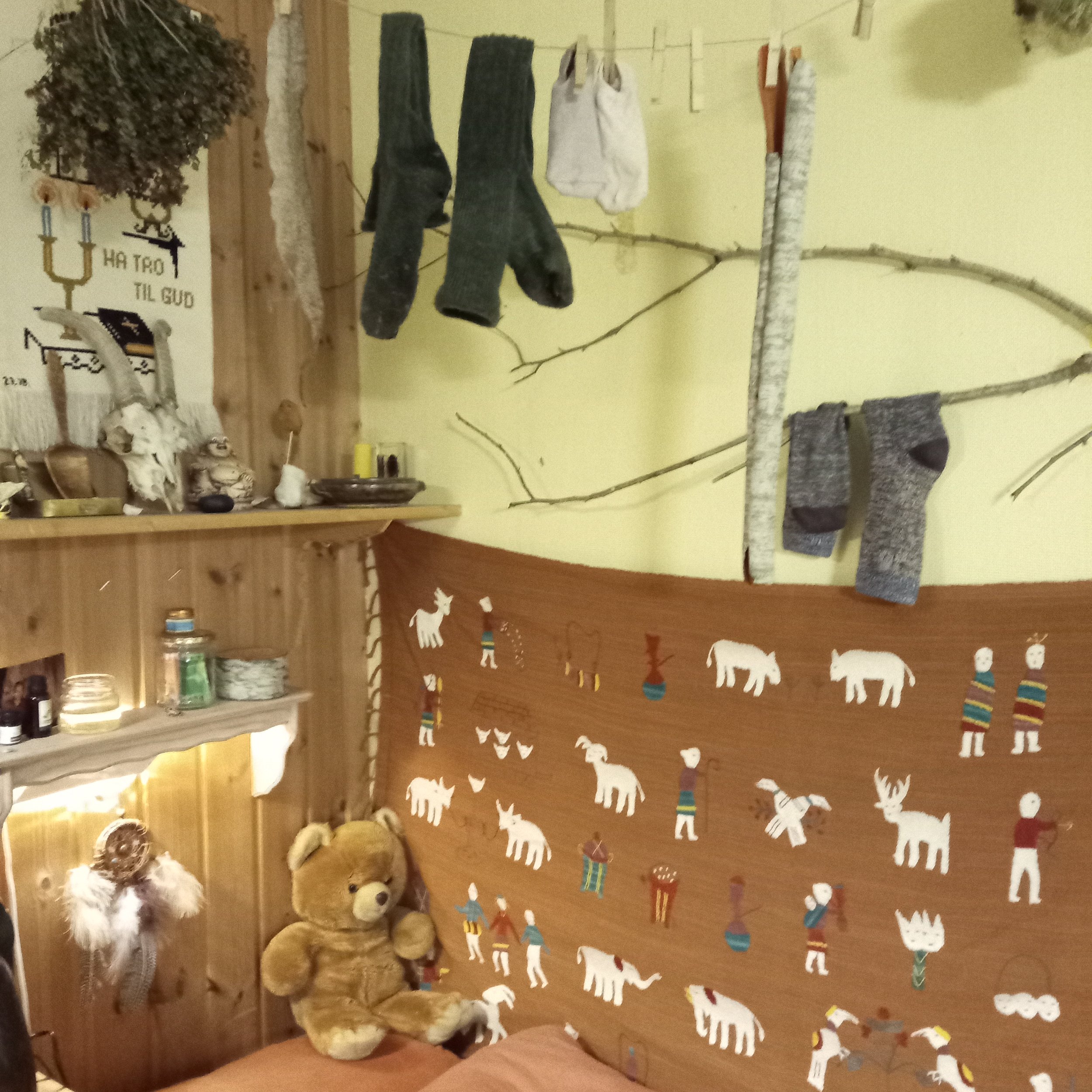Humanity needs a group project. From the cave paintings at Lascaux, and the pyramids of Giza, to the national parks of today, there is something beautiful about human beings working on something they will never see fully realized. I am by no means the first person to make this point, two millennia ago Cicero wrote about it, by quoting the poet Statius: “He plants his trees to serve a race to come,” Nowhere is this more apparent than in the dozens of Cathedrals I have visited during my numerous trips criss-crossing Europe.
Given their intimidating size, one would be forgiven for being tempted to dismiss a cathedral as merely a tool intended to project church power. As a friend of mine is so fond of remarking on cathedrals, and their pipe organs in particular, “We got the biggest pile of rocks, and the loudest thing.” But to view these structures as only a church-led enterprise, one that common folk participated in as a last resort in the hope of getting a scrap of food, is to miss the evidence right before your eyes at many a cathedral.
More than once I have stared up at a menagerie of fantastical gargoyles on the side of a gothic pile and seen something far more familiar. Doubtless you can bring an image of a traditional waterspout creature to mind, a stone dragon or lion with a gaping maw which vomits water during heavy rain. Now picture, instead of the pipe emerging from the jaws of a beast, it comes spouting fourth from the spread buttocks of a human figure. This image is rendered all the more amusing in its posture; clinging to the side of the cathedral in pose more reminiscent of a horny teenager’s depiction of spiderman than anything one would associate with sanctity. Elsewhere I have seen Adam and Eve rendered with larger than usual breasts, genitals, and buttocks, a nursing baby Jesus with an all-too-knowing grin, and of course countless improbably shredded Christs. This last group often looks more like something from a recent Marvel film, than anything you’d plan on encountering at church.
Please understand, I am not drawing your attention to all of this bawdy stonemasonry for mere jocularity, but rather to make a point. Cathedrals were such large enterprises, and took so long to complete that many details were either beneath the notice or beyond the care of their supervisors. I like to joke about this by remarking: “Remove the butt gargoyle? What do you want me to do? Climb up there and take out the flying buttress support?” But it is more than that, I believe some of these things were permitted in order to allow everyone to feel invested. These things were giant community art projects.
Cathedrals often brought prosperity and tourism to the towns where they were constructed, especially if you could throw a relic or two in there to encourage pilgrimage. The downside was that they were usually being built in whatever time could be spared from the important tasks of day to day life. It often took decades, if not centuries, to build a cathedral. You could work your entire life on one of these structures and not live to see it have a roof. They were truly investments in the lives of hypothetical future people you would never see.
It is my personal hope that the colonization of space could be our modern cathedral. I owe this comparison to none other than Ray Bradbury who noted that both enterprises are a “vast, ambitious, multigenerational undertaking, a shared vision to work toward together as a culture.” This sentiment obviously fills the pre-2006 installments of the popular Star Trek franchise, but has been seen more in more recent works. Take for instance Neal Stephenson’s 2015 doorstop of a tome SevenEves. This book depicts millions of people working to launch a precious few into space, before a disastrous event wipes out all life on earth.
But these are pie-in-the-literal-sky science fiction musings! Perhaps we should be focusing on more earthly problems? Sure you could make that argument. But I find it interesting to look at what an intelligent young person could hope for if they studied hard in the fifties and sixties. They could work at NASA, they could be involved with sending people to the moon! In the middle of the last century intelligent people were drawn to the promise of space travel, and they congregated in the United States to help realize that dream. Out of the ashes of the Second World War, a new space age would dawn. For a moment it seemed that it would, but now? If you work hard in science and math you could one day go work for Amazon, Google, or Tesla; enriching a billionaire! Wow! What Fun! The only reason those giant technology companies exist is because previous generations were sold the promise of outer space, only to find themselves chained to desks solving earthly supply chain and video streaming problems. It’s no wonder the world seems to be descending into chaos, we’re making our finest minds do drudge work.
We seem to have lost sight of the potential we possess, we have stopped looking up. We have once again become obsessed with our problems down here on our pale blue dot. I am sympathetic to those who insist that earthly poverty is a huge issue, that climate change threatens us all, that there is no “Planet B.” But I think if we only look down we risk falling into petty in-fighting and sectarian conflict. We need to strive for the stars for the exact same reason people living in tiny mud huts poured so much of themselves into their cathedrals. Because they make us look upward at something greater than we could ever hope to achieve alone. I find that when I’m looking up, it is easy to overlook my differences with the person next to me. To stand side-by-side and wonder.
So, let’s go build a cathedral!
















